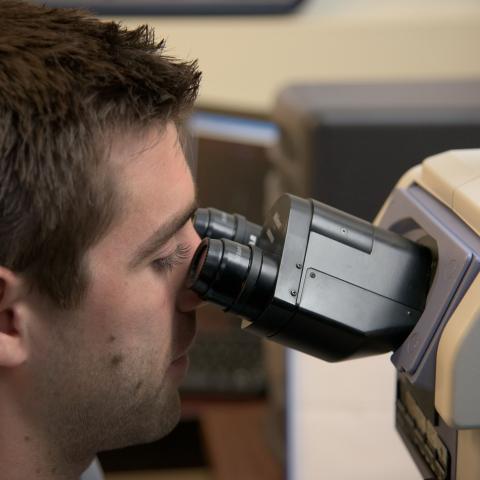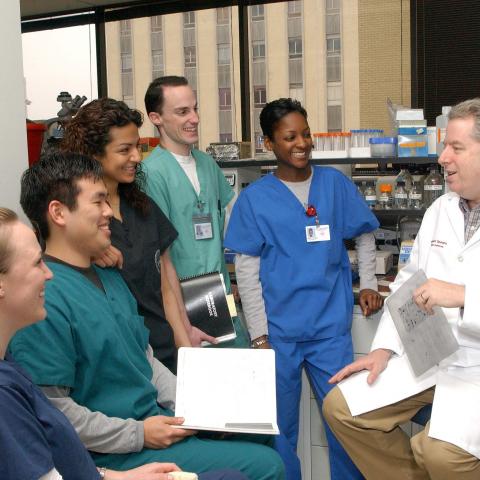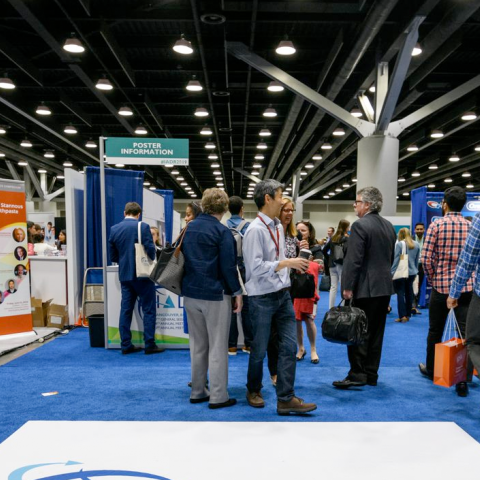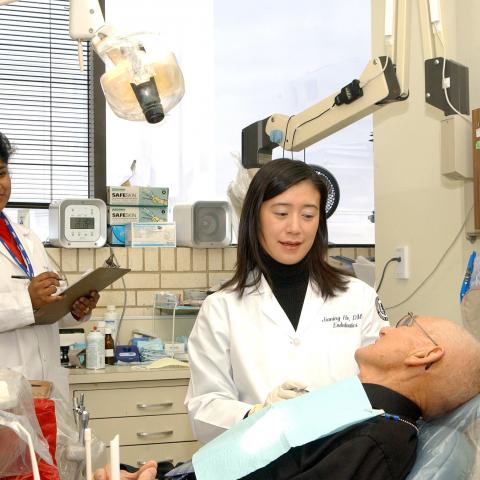Alexandria, Va., USA — High-volume aspirators are recommended in dental clinics during the COVID-19 pandemic, but the study “SARS-CoV-2 Seropositivity Among Dental Staff and the Role of Aspirating Systems” published in the JDR Clinical & Translational Research (JDR CTR), shows that the type of aspirating system significantly affects the incidence of SARS-CoV-2 infection among dental specialists.
In this retrospective cohort study of 157 healthcare workers in Ekaterinburg, Russia, data on the seroprevalence of COVID-19 from dental clinics using three different types of aspirating systems were compared. Clinic A and B used a V6000 aspirating system with a vacuum controller and high-efficiency particulate air (HEPA) filters, but the aspirating system in clinic A functioned in dry mode and the system in clinic B function in semi-dry mode. Clinic C used the VS900 system which discharges air into the dental operatory, closely resembling natural dispersion, and no HEPA filter.
The estimated prevalence of SARS-CoV-2 infection was 11.5% (19 HCWs) across all clinics over the 5-month period (May to August 2020). The results show that the prevalence of SARS-CoV-2 infection was significantly higher in clinic C, which did not utilize HEPA filters, and was significantly lower in clinic A, which did utilize HEPA filters and operated in dry mode. In dry suction systems, the separation of aspirated fluids from the air occurs at every treatment unit, whereas in semi-dry suction systems the separation occurs via a central separation unit connected to multiple treatment units.
“No comparative studies have investigated the effects of the type of aspirating system on the risk of SARS-CoV-2 infection among dentists and dental assistants,” said JDR CTR Editor-in-Chief Jocelyne S. Feine, McGill University, Montréal, Quebec, Canada. “Based on the results of this pilot study, we recommend the use of aspirating systems installed with HEPA filters that evacuate and dissipate aerosols into specialized areas. Studies that provide a deeper understanding of this topic are warranted.”
About the JDR Clinical and Translational Research
The JDR Clinical & Translational Research is a quarterly publication. This peer-reviewed journal is dedicated to publishing original dental, oral and craniofacial research at the interface between discovery science and clinical application with the translation of research into healthcare delivery systems at the individual patient, clinical practice and community levels. The JDR CTR has been accepted for inclusion in MEDLINE.
International Association for Dental Research
The International Association for Dental Research (IADR) is a nonprofit organization with over 10,000 individual members worldwide, with a mission to drive dental, oral and craniofacial research for health and well-being worldwide. To learn more, visit www.iadr.org. The American Association for Dental Research (AADR) is the largest Division of IADR with 3,100 members in the United States. To learn more, visit www.iadr.org/aadr.




